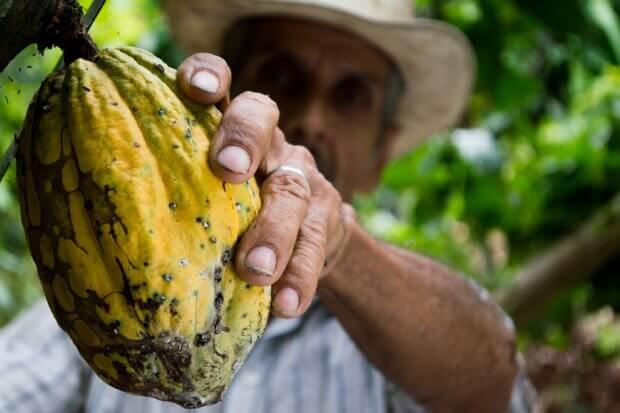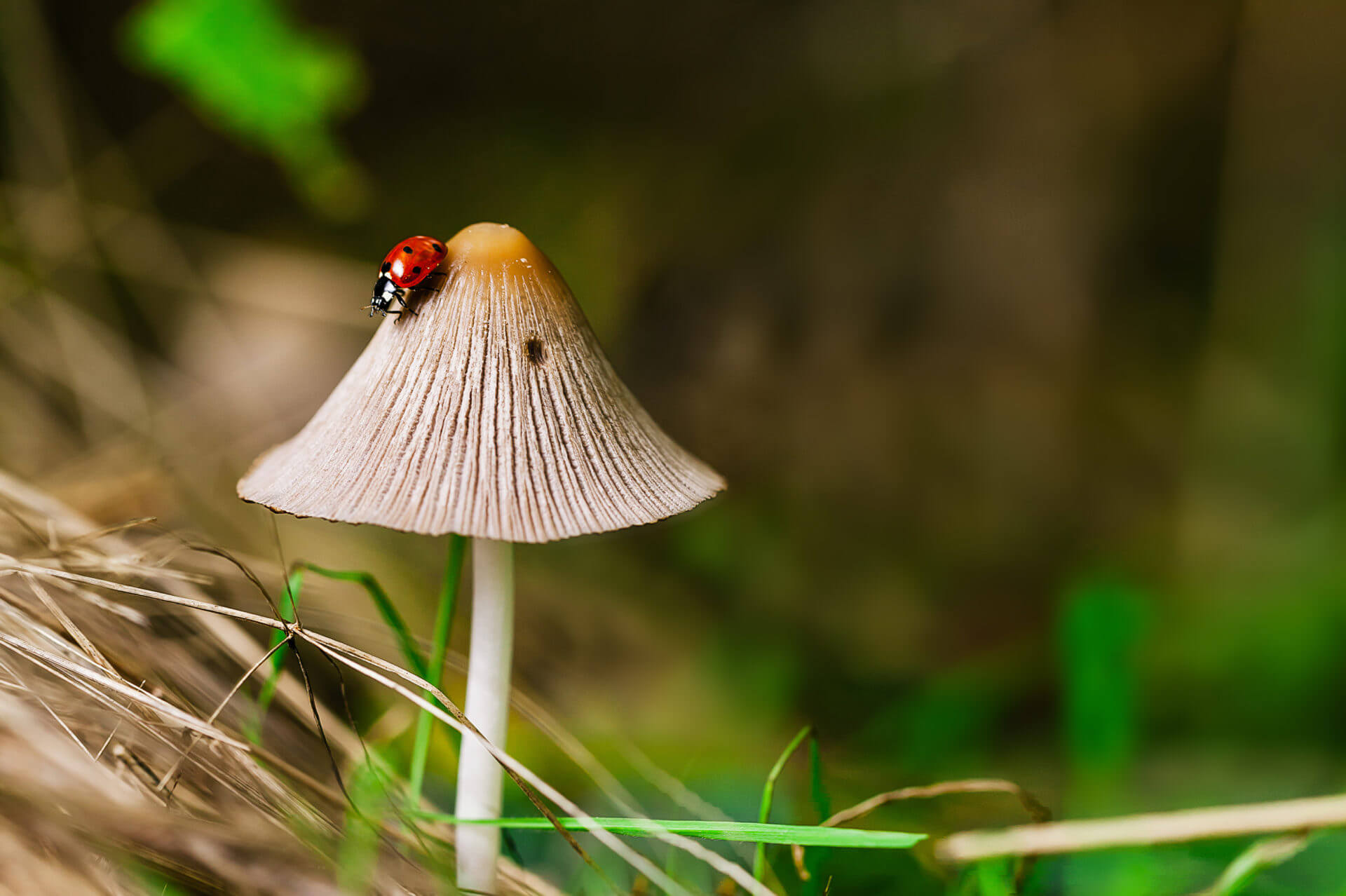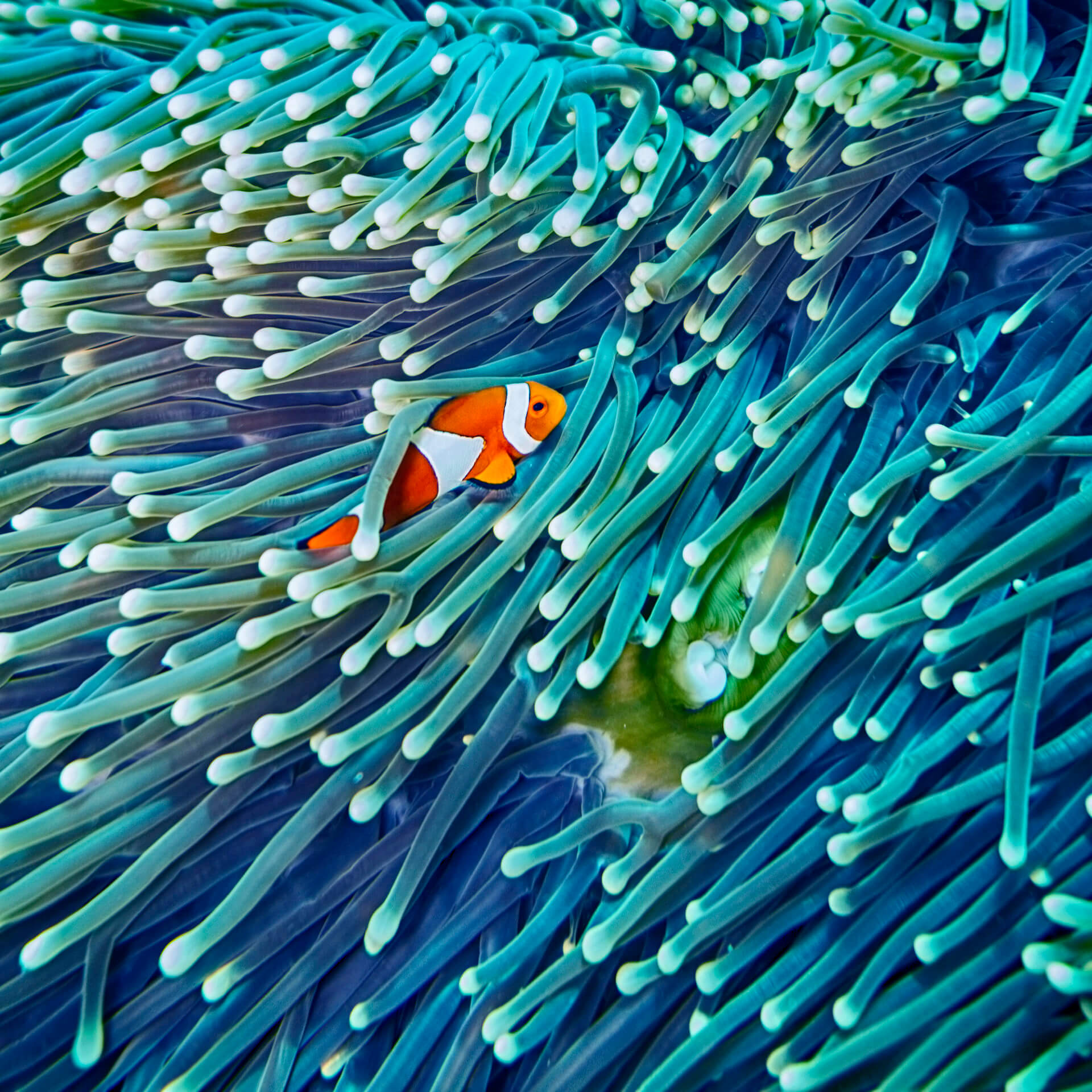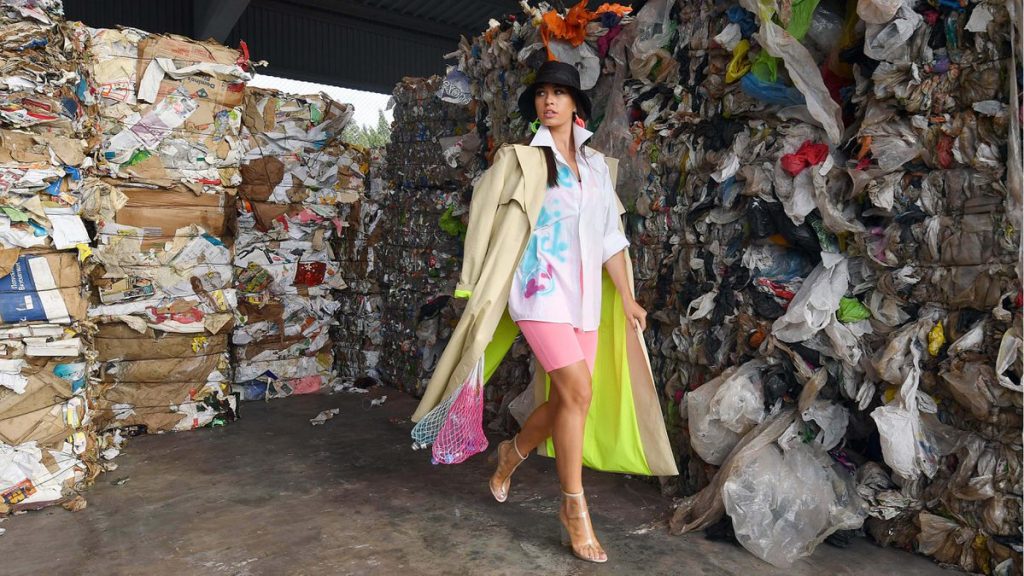
Biodiversity, victim of fast fashion!
The world of fashion, with its big names, its catwalks and its designers, is still a dream. This sector remains associated with seduction, beauty and creativity. And yet, the other side of the picture is gloomier. The industry is increasingly criticised for its environmental impacts and unacceptable working conditions. Overconsumption and large-scale pollution make the textile sector one of the most polluting in the world.
With around 56 million tons sold each year, the world is awash with clothes. Under the pressure of fast fashion, which offers us new collections at low prices every week, our consumption of clothing has more than doubled since the 2000s. And soon you get tired of them or don’t wear them anymore because they get damaged quickly. The figures speak for themselves: our clothes are worn for 36% less time than fifteen years ago[i]. It is a sad fact that the textile sector is one of the largest consumers of raw materials and weighs heavily on biodiversity.
Pollution throughout the production chain
As with the production of meat, the ecological footprint associated with the manufacture of a garment is significant all along the production chain.
Cotton is used for about 25% of our clothing. Its cultivation occupies a large area of arable land. Because of its fragility and in order for it to grow quickly, the fields are sprayed with pesticides and fertilizers. Cotton production, a major water consumer, would pollute one fifth of the surface water.[i] Synthetic fibres such as nylon, polyester or acrylic make up two thirds of our clothing. Unlike cotton, they are not natural and come from a non-renewable resource: oil. Their manufacture emits a lot of CO2. The carbon footprint of a polyester shirt is 2.5 times greater than that of a cotton shirt. When washed or landfilled, these clothes release hundreds of thousands of tons of particles which, over the course of many washes, will end up in the ocean[ii].
In the processing stage, many toxic substances are used to soften, dye or wash the textile. Since 2007, the European legislation REACH strictly regulates the use of chemicals in Europe. However, their use in countries that are major producers of cheap clothing, such as China and India, is not well regulated. In some cases, the chemicals end up in nature, destroying the surrounding ecosystems. They can cause various health problems (skin allergies, burns, breathing difficulties, etc.) to the people who make them but also to those who wear them, and could be the cause of cancers or reduced fertility.
Finally, pollution is also linked to transport as our clothes travel a lot. From the field to the shop, they can travel up to 65,000 km, or 1.5 times around the earth. Combining production and transport, the textile industry is estimated by the Ellen MacArthur Foundation to be responsible for 10% of global greenhouse gas emissions, which is more than those from shipping and aviation combined[iii].
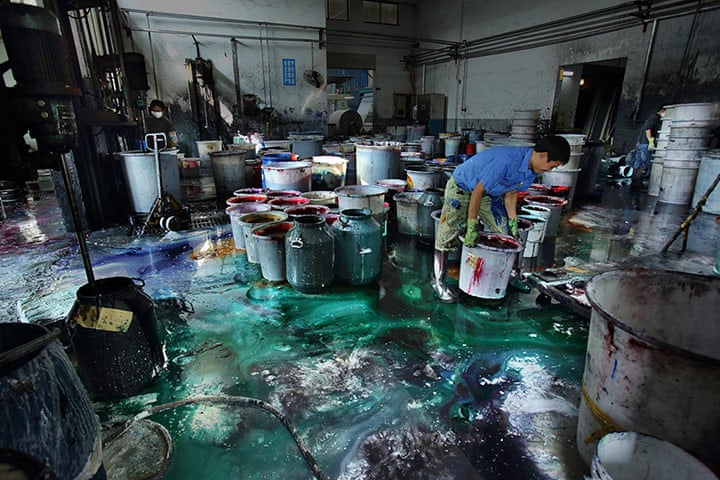
What happens to our clothes once we have worn them?
In Europe, fast fashion, or throw-away fashion, accounts for almost 4 million tons of waste per year. Only 20% of the clothes are recycled. The remaining 80% end up in landfills or are incinerated. On a global scale, this represents the equivalent of one truck every second.
To move away from the diktat of ephemeral fashion and dress with style while reducing environmental and social impacts, there are many alternatives, depending on your desires and your means.

[i] https://www.lemonde.fr/economie/article/2020/02/25/la-planete-victime-de-la-mode_6030760_3234.html
[ii] La mode sans dessus-dessous (ademe.fr)
[iii] Pourquoi s’habiller pollue la planète – YouTube
[iv] https://www.worldbank.org/en/news/feature/2019/09/23/costo-moda-medio-ambiente
Actus Associés

Enhancing collaboration at European Union borders
Officers from customs, animal and plant health authorities, and environmental authorities convened in Brussels on 14 March for an event focusing on improving border controls for Invasive Alien Species. Effective border controls are a key element in preventing their introduction into the European Union. This event was jointly organised by the Belgian presidency of the Council of the European Union, the European Commission, and the International Union for Conservation of Nature (IUCN).
See more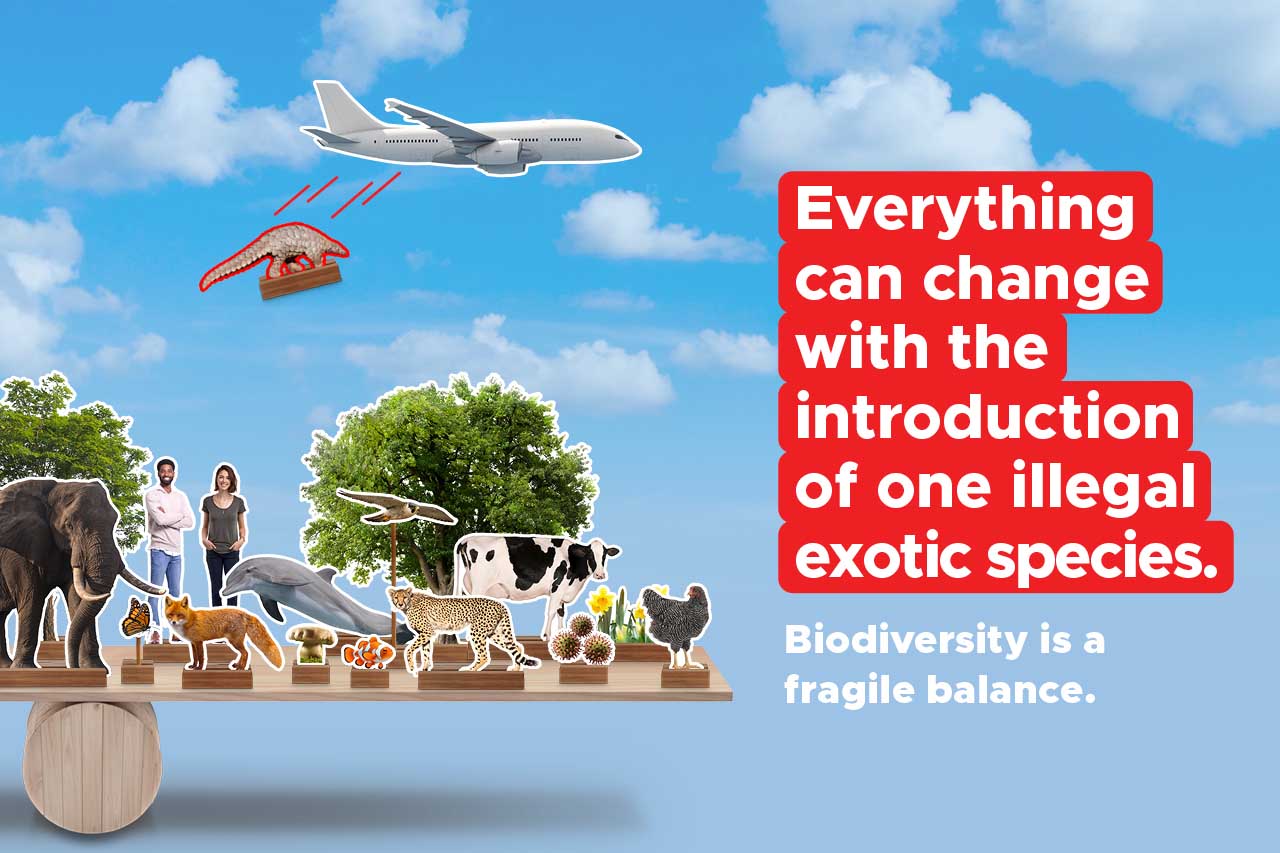
Everything can change with the introduction of one illegal exotic species!
The new awareness campaign for travellers
See more

